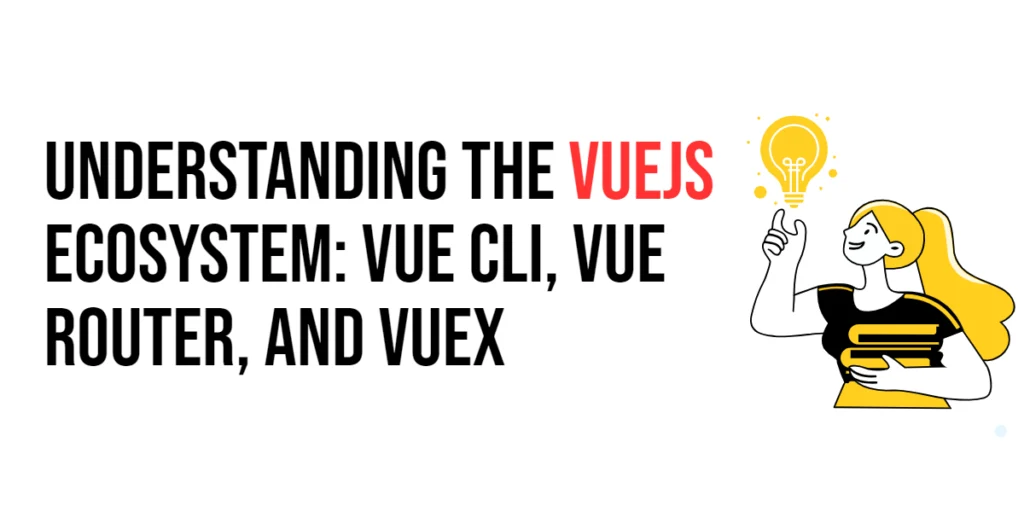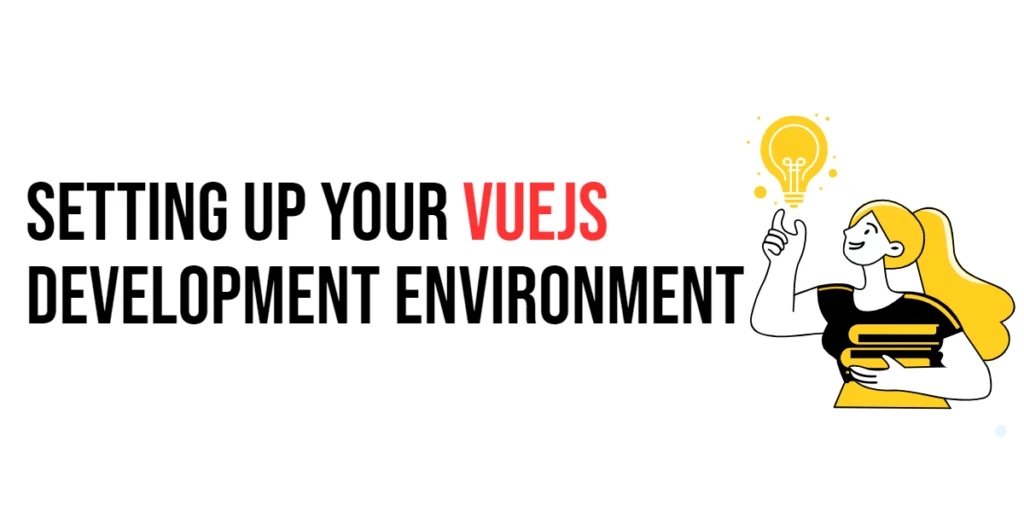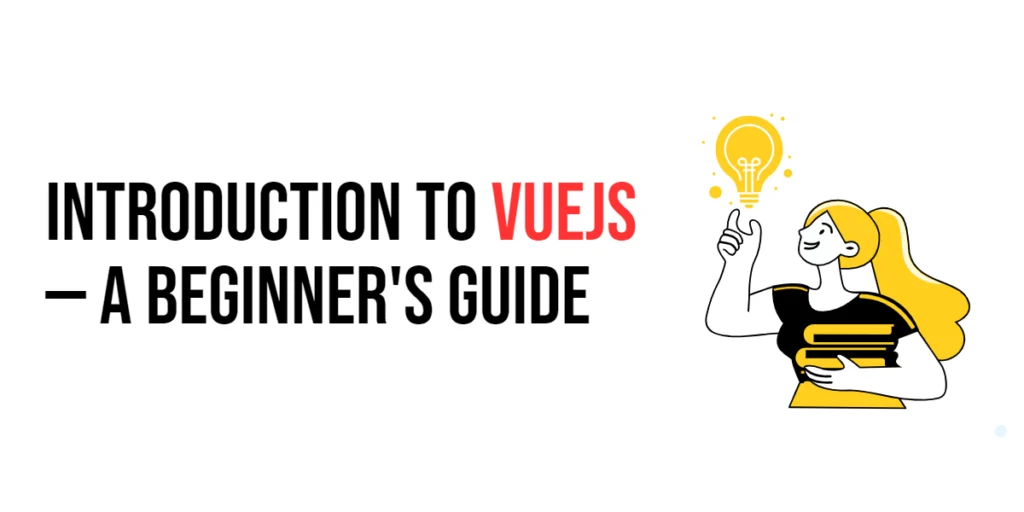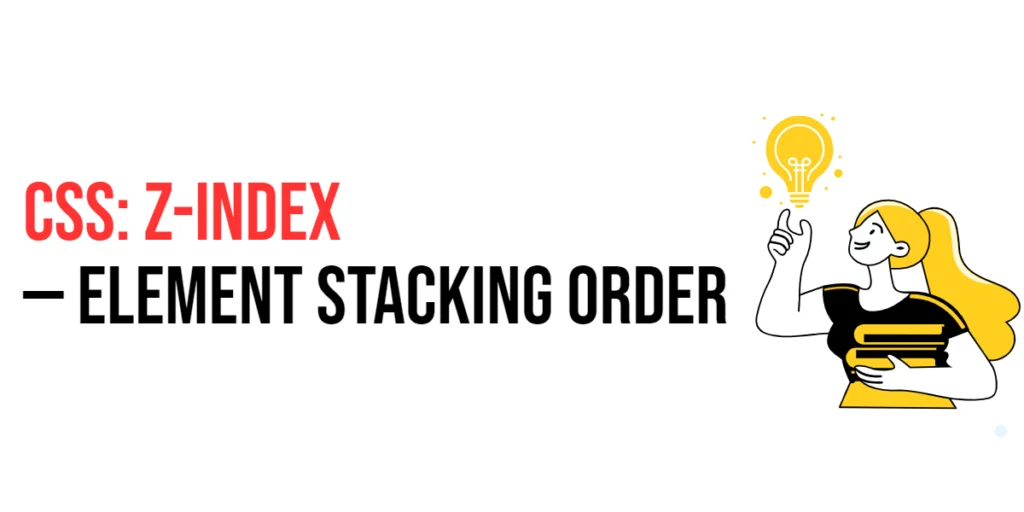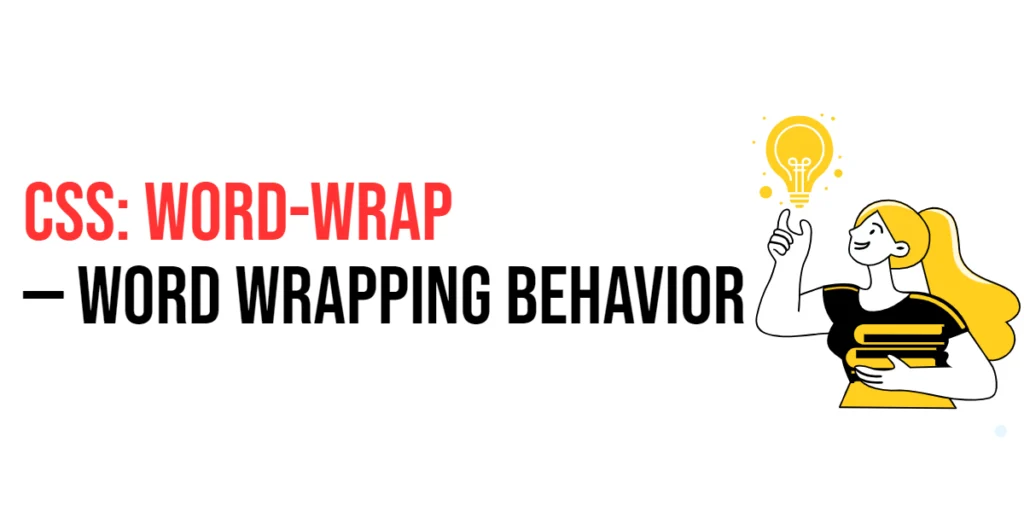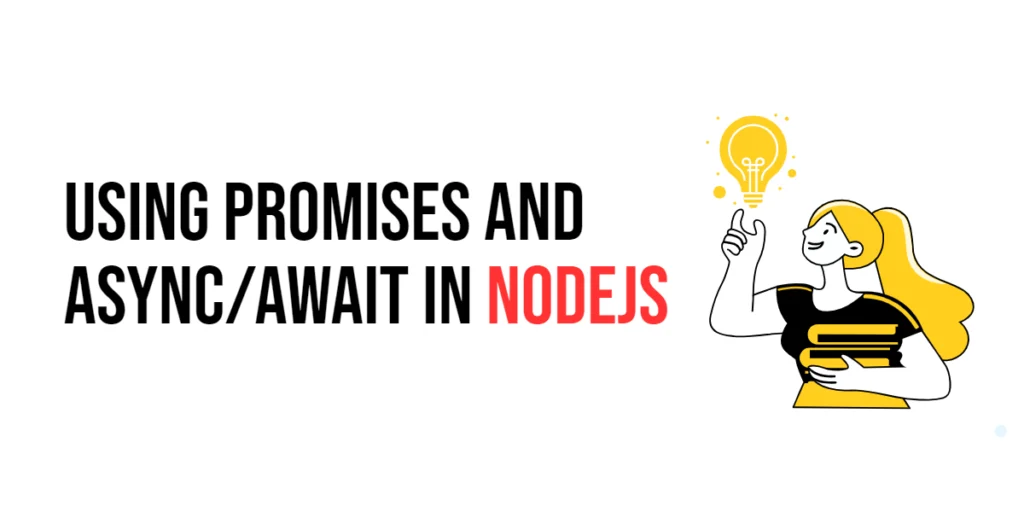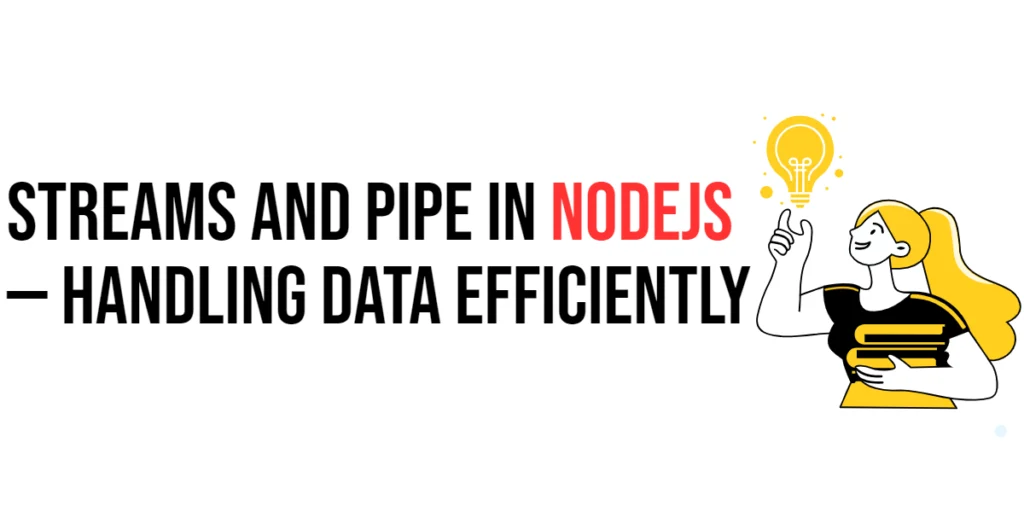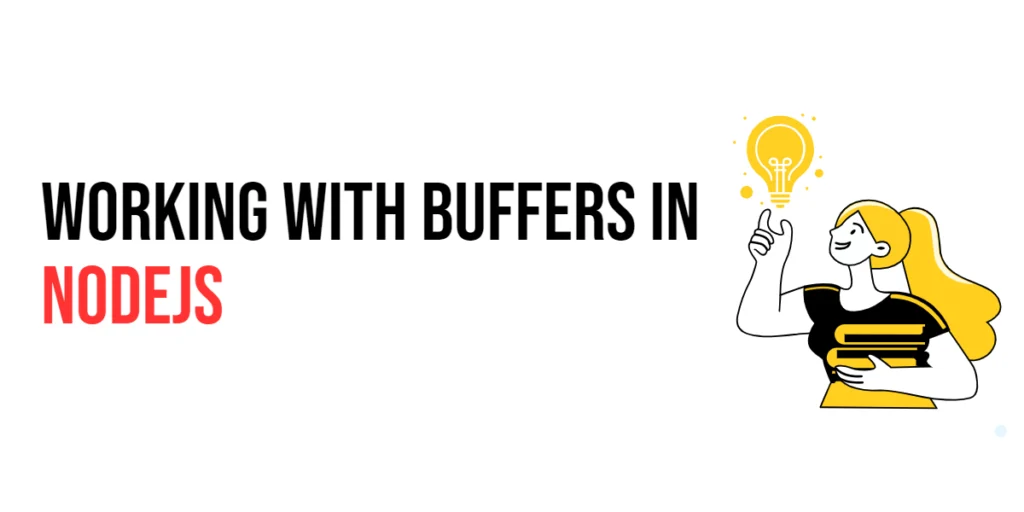Understanding the Vuejs Ecosystem: Vue CLI, Vue Router, and Vuex
The Vue.js ecosystem is a powerful suite of tools designed to enhance the development experience and capabilities of Vue.js applications. Three core components of this ecosystem are Vue CLI, Vue Router, and Vuex. Each of these tools plays a unique role in creating robust, maintainable, and scalable Vue applications. Vue CLI is a command-line interface […]
Understanding the Vuejs Ecosystem: Vue CLI, Vue Router, and Vuex Read More »
